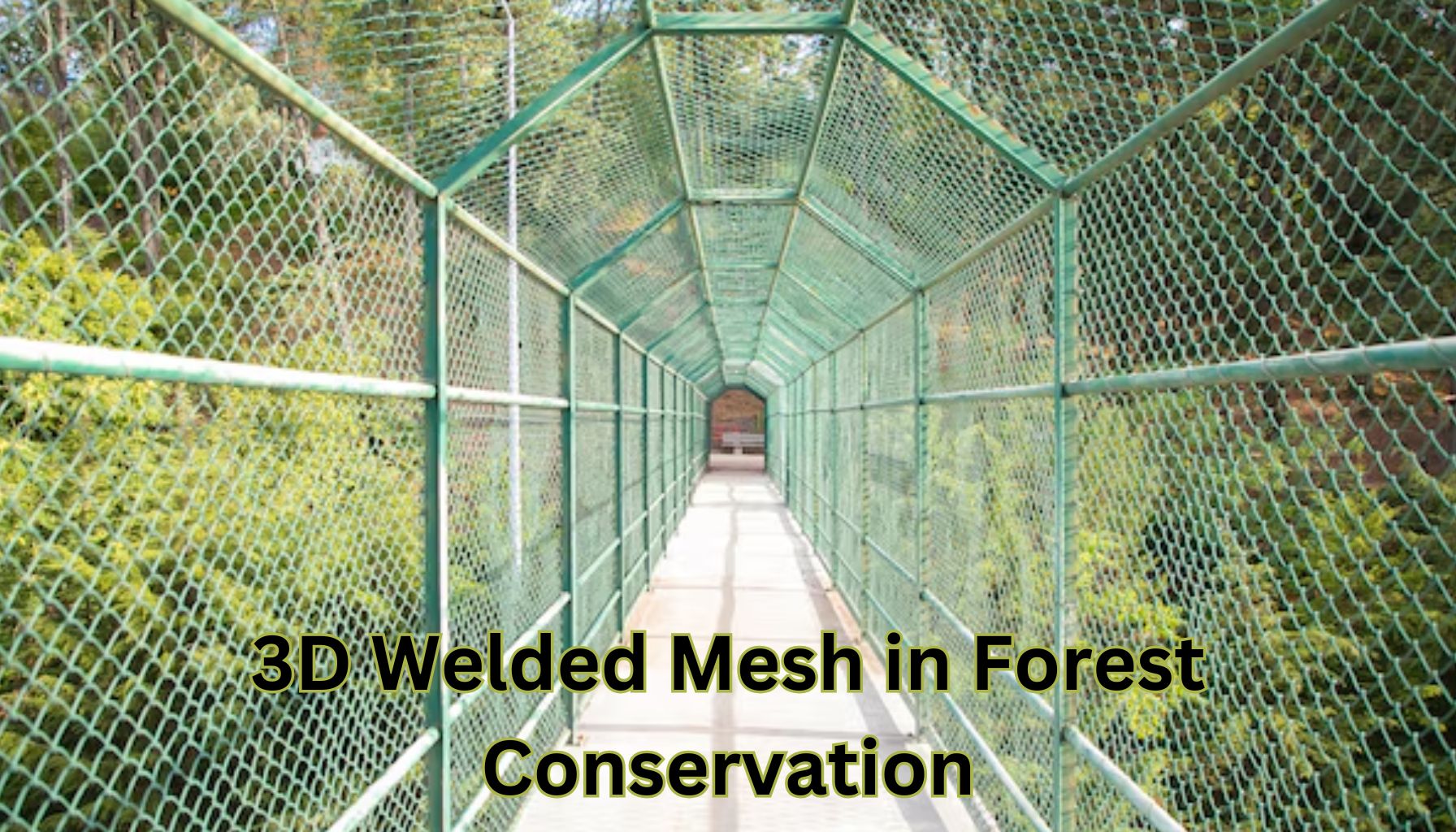

Forest edges see constant conflict. Elephants raid crops at night while farmers retaliate during the day.
Tigers stray into villages looking for livestock. Roads cut through ancient migration routes, leading to deadly collisions. Conservation areas need barriers that keep wildlife in while letting nature work as it should.
3D welded mesh creates this delicate balance, helping both animals and humans share shrinking spaces. Here’s how:
Animals follow ancient paths through forests. These routes matter more as habitats shrink. 3D mesh fencing guides wildlife away from dangerous areas without blocking their essential movement.
The mesh height changes based on local species; taller near elephant corridors and lower where deer frequently cross. Special gaps allow smaller animals to pass while keeping larger ones on safer paths.
The entire system works with animal instincts rather than against them, reducing stress on wildlife while maintaining their natural behaviors.
Night brings hungry elephants to forest edges. Standard electric fencing often fails after a few encounters. 3D welded mesh changes this dynamic entirely.
The deep mesh patterns confuse elephant trunks, preventing the systematic destruction these intelligent animals often employ against barriers.
Multiple mesh layers create depth perception that makes animals naturally wary of the fence. Farmers get reliable protection without resorting to harmful deterrents.
Scientists studying wildlife need special infrastructure. Research areas face unique challenges:
Safe observation points for long-term studies
Protected equipment stations in remote areas
Secure storage for valuable research gear
Weather-resistant camera trap mounting points
Sample collection areas that don’t disturb wildlife
3D mesh provides solutions for each need while maintaining habitat integrity.
Young forests need protection while they regrow. 3D mesh creates safe spaces for habitat restoration.
The barrier design allows seeds and small animals to pass through naturally. Larger herbivores stay out until vegetation establishes itself.
Multiple access points let conservation teams monitor regrowth. The mesh framework even supports climbing plants, helping restore natural canopy connections.
Rivers and water holes attract both wildlife and people. Traditional fencing either blocks access entirely or fails under constant use. 3D mesh creates designated water access points that work for everyone.
The mesh structure guides animals to safer drinking spots away from human settlements. Special sections allow wildlife to escape if they fall into water channels.
This thoughtful design prevents drowning incidents while maintaining essential access to water.
Poachers exploit weak points in conservation area boundaries. 3D welded mesh makes their work much harder.
The mesh structure prevents quick cutting while making climbing attempts obvious. Hidden detection systems integrate directly into the framework.
Rangers get early warnings about boundary breaches.
The entire system buys precious time for response teams while deterring casual intrusion attempts.
Forest conservation balances delicate relationships between wildlife, humans, and habitat. Effective barriers must protect without isolating, guide without restricting.
SK Weldedmesh brings this understanding to every conservation project, developing solutions that respect natural behaviors while preventing conflict.
From elephant corridors to regenerating forests, each installation supports the complex web of life that makes healthy ecosystems work. Contact us to learn more about our weldedmesh solutions.